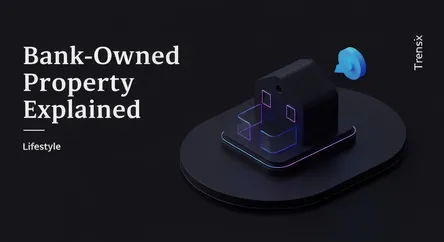Lifestyle
Bank-Owned Property Explained

Discover bank-owned properties (REO), homes repossessed by lenders. Learn why they are popular and how they offer unique opportunities for buyers.
What is it?
A bank-owned property, also known as Real Estate Owned (REO), is a property that reverts to the mortgage lender after an unsuccessful foreclosure auction. When a homeowner defaults on their mortgage, the lender forecloses. If the property fails to sell at auction, the bank takes ownership. The lender's goal is to sell the property quickly to recover the outstanding loan balance and associated costs. These properties are then listed for sale on the open market, often through real estate agents who specialize in REO transactions.
Why is it trending?
Bank-owned properties are trending primarily because they can offer a significant discount compared to other homes on the market. Banks are not in the business of property management and are motivated sellers, eager to offload these assets from their books. This creates opportunities for homebuyers to purchase a property for below market value and for investors to find profitable deals. In times of economic shifts or rising interest rates, an increase in foreclosures can lead to a larger inventory of REO properties, drawing more attention from savvy buyers.
How does it affect people?
For buyers, an REO property represents a chance at affordable homeownership or a high-return investment. However, these purchases come with risks. Properties are typically sold "as-is," meaning they may need significant repairs, which the buyer must finance. The purchasing process can also be more complex and slower than a traditional sale due to lender bureaucracy. For the community, a high concentration of REO properties can sometimes lower neighborhood home values, but it also opens the door for revitalization as new owners invest in renovating and improving these homes.